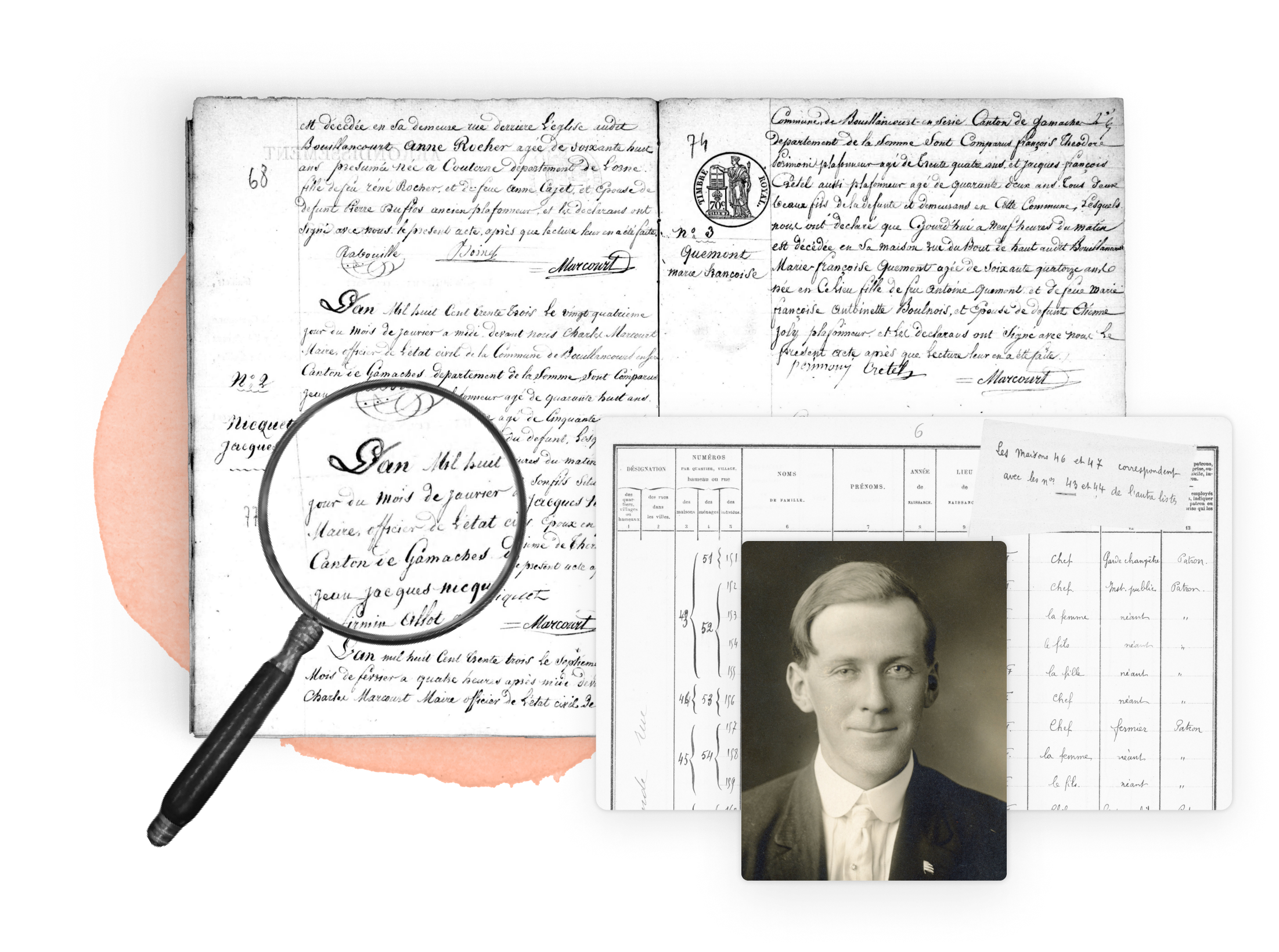See all articles relating to: Yugoslavia

Yugoslavia was a multiethnic state in southeastern Europe created in 1918 following World War I. It was originally known as the Kingdom of Serbs, Croats, and Slovenes. It was renamed Yugoslavia in 1929, and a significant figure in its history was Josip Broz Tito, who became Prime Minister in 1945 and later President. Under Tito's socialist rule, Yugoslavia maintained a degree of autonomy from the Soviet Union, positioning itself as a bridge between the East and the West during the Cold War. After Tito's death in 1980, simmering ethnic tensions escalated, and the country disintegrated into war by the 1990s. Key figures like Slobodan Milošević, the President of Serbia, and Franjo Tuđman, the President of Croatia, played pivotal roles during the Yugoslav Wars. The last of the Yugoslav republics, Serbia and Montenegro, dissolved the union in 2006, marking the official end of Yugoslavia.
Research your ancestors on MyHeritage
The former republics of Yugoslavia
The country was composed of six socialist republics:
In addition to these, two autonomous provinces were established within Serbia:
Yugoslavia history
See:
Yugoslavia geography
See: Yugoslavia geography
Researching family history in Yugoslavia
See also:
- Yugoslavia genealogy
- Yugoslavia immigration
- Yugoslavia emigration
- Yugoslavia archives
- Vital records in Yugoslavia
- Birth records in Yugoslavia
- Death records in Yugoslavia
- Marriage records in Yugoslavia
- Census records in Yugoslavia
- Civil registrations in Yugoslavia
- Church records in Yugoslavia
- Newspaper records in Yugoslavia
- Military records in Yugoslavia
Yugoslavia ethnicity
While Yugoslavia existed, it was a multiethnic federation composed of several distinct ethnic groups. The largest groups were the Serbs, Croats, and Slovenes, who also made up the initial name of the country when it was formed in 1918. Other significant ethnic groups included Bosniaks, primarily Muslim and concentrated in Bosnia and Herzegovina; Montenegrins, closely related to the Serbs; Macedonians, predominantly residing in the region now known as North Macedonia; and Albanians, who were a majority in the province of Kosovo. Additionally, Yugoslavia was home to numerous smaller ethnic communities, including Hungarians, and various others, reflecting a rich tapestry of ethnic diversity.
See also:
Yugoslavia surnames

Understanding the nature and patterns of Yugoslav surnames is essential when researching family history in this region. Surnames in the former Yugoslavia can provide valuable clues about geographic origin, familial relationships, and even occupation or personal characteristics of ancestors. For instance, the suffix '-ić' is predominantly found in Serbian, Croatian, and Bosnian names, while '-ski' or '-ova' are common in Macedonian names. Many surnames are also patronymic, derived from a male ancestor's given name, such as "Petrovic" which means "son of Peter".
Examples of different Yugoslav surnames:
See also:


